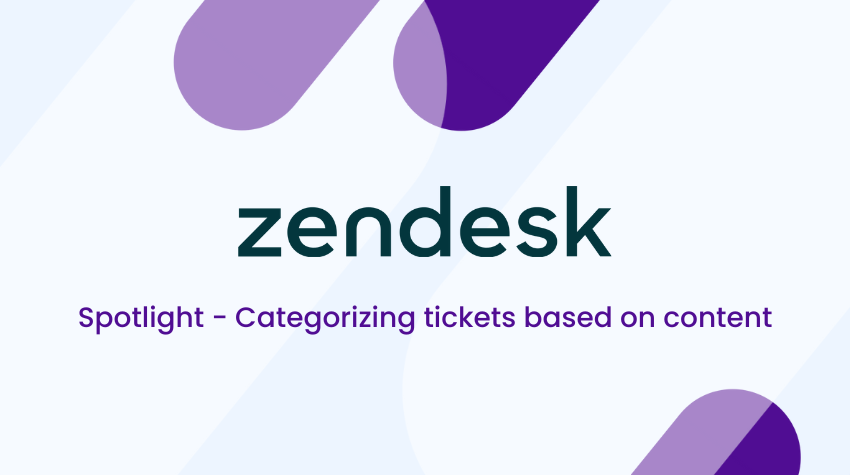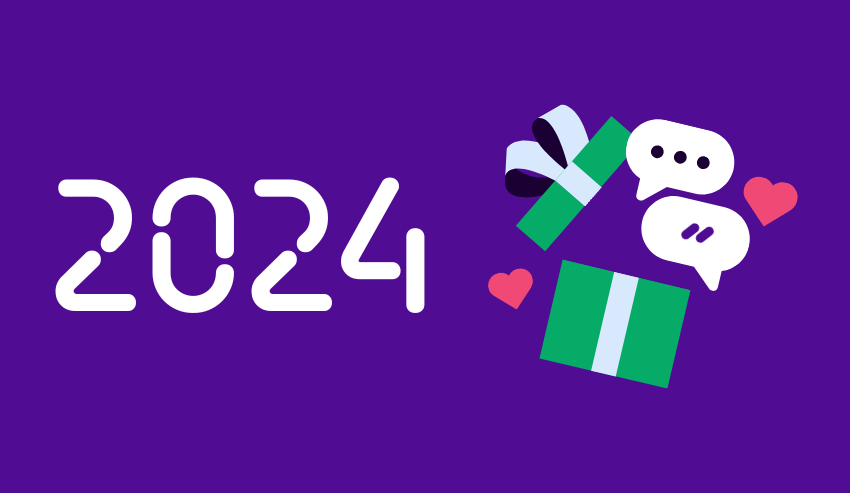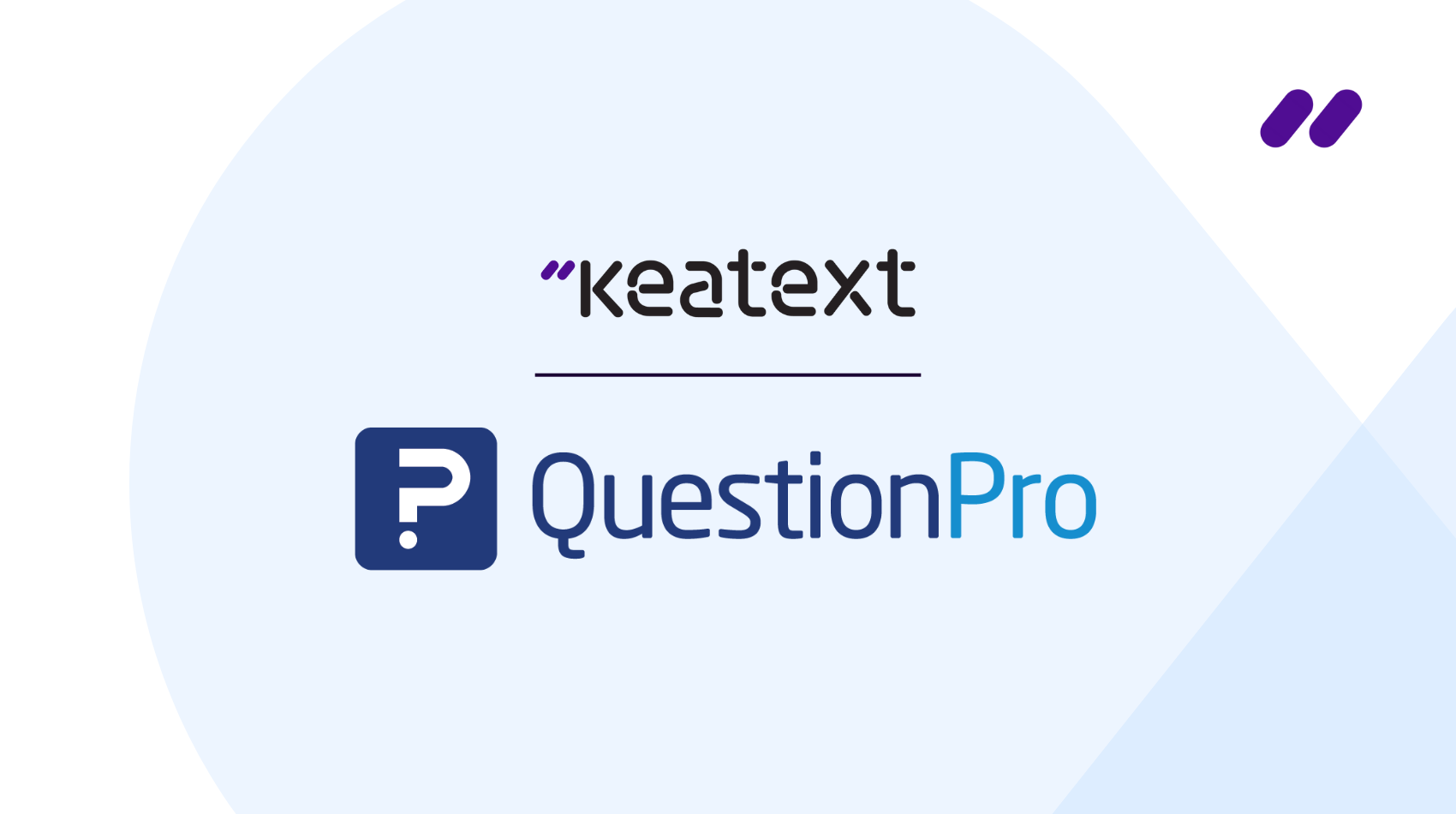Jeanne Bliss is a best-selling author and one of the most innovative Chief Customer Officers to ever grace a C-suite. She helped launch a new discipline—customer experience (CX), whose practitioners strive to curate the best possible relationship between brands and buyers. Their ultimate goal? To integrate CX into a company’s decision-making process, from top to bottom. Bliss helped large corporations like Lands’ End, Allstate, Mazda and Microsoft to accomplish this goal. Her first book, Chief Customer Officer: Getting Past Lip Service to Passionate Action, is the CX industry bible, along with its 2015 sequel, Chief Customer Officer 2.0: How to Build Your Customer-Driven Growth Engine.
On the phone from her home base in sunny Palm Springs, Bliss talks to Keatext about the Customer Experience Professional Association (CXPA), which she co-founded in 2011, and the association’s Certified Customer Experience Professional (CCXP) accreditation. The CCXP is one of the first accreditations in the industry that is fully independent of a platform provider or consulting or software firm. This boosts the CXPA’s credibility and makes the association a neutral space for the profession to develop, without conflicts of interest.
Becoming certified is increasingly a significant advantage. As Forrester claims, there is a proven connection between high-quality CX and revenue growth. This explains why more than 800 people are CCXP-certified today, and there are 4,500 CXPA members around the world. In this interview, Bliss discusses the benefits of certification and membership.
Q: Jeanne, why should someone join the Customer Experience Professional Association (CXPA)?
CXPA enables people to find their tribe of like-minded individuals who are also endeavoring to do the work.
The association gives credibility to a career in customer experience. It enables people to find their tribe of like-minded individuals who are also endeavoring to do the work. We’re a global nonprofit that provides a cohort of professionals to talk to and learn from in an organized and deliberate way. We learn by standing on the shoulders of others who went before us. The CXPA is a ready-made community that offers support and help. We have networking events and educational opportunities.
Q: Shop talk and retraining are very important to any profession. Tell us more about the Certified Customer Experience Professional (CCXP) program, your crown jewel, so to speak.
It’s run by the association, and it’s a qualification that attests to proficiency in six areas—swim lanes, if you will—of important competencies for the job, for example, customer-centric culture, as well as voice of the customer (VoC) and customer insight, among other things. The exam has 70 questions that cover key topics. The idea is to define standards and best practices in the industry.
Q: Why bother? It takes time and effort for someone to establish that they’re qualified to write the exam, and then they need to prepare for it, not to mention the fee ($495–$645). How does the CCXP qualification enhance someone’s career?
Well, it recognizes and validates expertise. The certification also increases the marketability of practitioners by distinguishing them in the workplace. Because CCXPs have to upgrade their skills every few years, being certified demonstrates a commitment to continuous improvement.
Q: Once people become certified, what else can they do to continue growing as CX experts?
Keep going to local and national CXPA networking events. Keep talking to each other. Many people find value in my weekly podcast called Chief Customer Officer Human Duct Tape Show. I interview the most senior CX leaders in all kinds of organizations. We’ve done about 100 shows. We discuss how to do the work, for example, what to do when you hit a wall. The podcasts are human conversations about the journey of CX practitioners.
Another way to improve is to find a coach or mentor. It cuts down the learning curve by years. There are things we all “step in” that can be avoided. Always select a coach who was a practitioner first. That’s key. A big lesson to learn is how to unite the leadership team behind a common agenda: being customer-centric.
Q: That sounds like a major challenge for traditionally structured corporations.
It’s important for CX leaders to know organizational change management, to have the ability to lead collaboratively and to check their egos at the door.
Yes. Part of why CX work is different is that, in many cases, we don’t operate in a silo. Our job is to unite people and create a holistic perspective of the customer’s experience. It isn’t about program management. It’s organizational design. This means it’s important for CX leaders to know organizational change management, to have the ability to lead collaboratively and to check their egos at the door. We link arms with human resources (HR) in a very deliberate way. Many CX leaders are calling it just X because we’re linking employee and customer experience. Our job is to bring people together and help them understand a new normal.
Q: Many organizations, especially large ones, resist anything new. What happens if a company keeps doing the same things instead of focusing on CX, or simply X, as you say?
You can get false positives. For example, I’m thinking of a software client. Their CEO was getting a false-positive reading from each of her silos. The metrics looked good: people stayed on their website for a long time, they downloaded numerous articles, and customers received follow-up emails from the company. Good, right? Well, no. We brought in 15 customers to ask about their experience on the company website. It was very different from what the metrics said. Yes, they stayed on the website for a long time but that was because it was organized in a way that slowed them down—by product category, an inside-out approach. Yes, they downloaded several articles, but that was because there was no single comprehensive article that answered all their questions. They had to knit together the answers from different stories. Yes, they received follow-up communication, but it came too early and was upselling too aggressively. So, the three metrics looked positive, but they really weren’t! The company wasn’t customer driven.
Q: Today, companies can harvest so many channels for feedback. In some cases, we’re talking about tens of thousands of end-user comments or social media posts per day. To get a true reading of CX, how important is unstructured customer feedback and AI-powered text analytics?
Very! One of the core competencies I identify is building a customer listening path. We have all this unstructured, volunteered feedback and we need to optimize that information. I consider text analytics to be a very important element. It plays a key role in the quest for CX maturity—the process of transforming a company into a customer-centric organization.





